Essential Features for a Modern Backyard Oasis
Introduction
Step into the realm of modern outdoor living as we explore the transformative elements that turn your backyard into a serene oasis. Our passion for creating personalized, functional, and aesthetically pleasing outdoor spaces merges seamlessly with contemporary design elements, culminating in modern backyard paradises for our clients in Silicon Valley.
Functional Design Essentials
Creating a seamless indoor-outdoor flow involves designing to facilitate a smooth transition between your home’s interior and exterior spaces. This requires thoughtful elements that blend indoor and outdoor areas, enhancing overall cohesion in your living experience.
- Open Sight Lines: Ensure unobstructed views from indoor spaces to the outdoor area. This might involve strategic placement of windows, glass doors, or even removing physical barriers that impede the visual connection.
- Consistent Flooring: Use flooring materials that transition seamlessly from indoors to outdoors. This could include materials like large-format tiles, concrete, or hardwood that maintain a consistent look and feel across both areas.
- Continuity in Design: Maintain a consistent design theme between your indoor and outdoor spaces. This could involve using similar color palettes, furniture styles, or decorative elements to create a cohesive and unified aesthetic.
- Functional Furnishings: Choose outdoor furniture that complements your indoor decor, blurring the lines between the two spaces. This creates a sense of continuity and makes the outdoor area feel like an extension of your living space.
Designing versatile outdoor spaces means making your backyard serve multiple purposes, accommodating various activities to optimize its utility as a dynamic extension of your home. Key considerations include:
- Zoning: Divide your outdoor space into distinct zones based on different activities such as dining, lounging, entertaining, and relaxation. This zoning allows for a well-organized and purposeful use of the entire area.
- Furniture Arrangement: Choose flexible and modular outdoor furniture that can be easily rearranged to suit different functions. For example, you might have a dining area that can transform into a lounging space for evening gatherings.
- Multi-Functional Features: Integrate features that serve dual or multiple purposes. This could include built-in storage benches that also function as seating, or a dining table that converts into a fire pit for evening warmth and ambiance.
- Adaptable Lighting: Incorporate versatile lighting solutions that can be adjusted based on the use of the space. Brighter lighting may be suitable for dining, while softer, ambient lighting creates a cozy atmosphere for relaxation.
Modern Aesthetic Elements
In modern landscape design, contemporary features are crucial for turning a basic outdoor space into a visually appealing and balanced environment. Here are two key components:
- Incorporating Sleek Lines:
- Modern design often embraces clean lines and simplicity. Incorporating sleek lines in landscaping involves creating well-defined edges, pathways, and structures. Straight or gently curved lines contribute to a streamlined and uncluttered appearance, fostering a sense of modernity in the outdoor space.
- Minimalist Plant Arrangements:
- A hallmark of modern landscaping is the use of minimalist plant arrangements. This involves carefully selecting and placing plants with an emphasis on simplicity, often favoring a restrained color palette and strategic spacing. The goal is to achieve a balanced and uncluttered look that complements the contemporary aesthetic.
- Geometric Shapes:
- Modern outdoor spaces often feature geometric shapes, such as squares, rectangles, or even asymmetrical patterns. This can be reflected in garden beds, pathways, or hardscape elements. Geometric shapes add a sense of order and visual interest, contributing to the overall modern appeal of the landscape.
- Site Lines:
- Site lines in landscaping refer to the visual connections and perspectives within the outdoor space. Modern design often leverages well-thought-out site lines to create focal points, draw attention to specific features, and establish a sense of flow. Strategic placement of elements and thoughtful consideration of sight angles contribute to the overall cohesiveness of the landscape.
Stylish Hardscape and Materials
Selecting Contemporary Materials
The choice of materials is crucial in achieving a sophisticated and trendy outdoor atmosphere. Contemporary design favors materials that exude modernity and durability. Examples include:
- Porcelain Tile: Smooth, sleek, and available in various finishes, tile is a popular choice for modern patios and walkways.
- Concrete: Its versatility allows for the creation of clean lines and a modern aesthetic. It can be used for pathways, patios, and even modern sculptures.
- Metal: Incorporating metal elements, such as steel or aluminum, adds an industrial and contemporary touch. This can be seen in furniture, sculptures, or louvered pergolas.
- Wood: When used in a sleek and minimalist manner, wood adds warmth to modern outdoor spaces. It’s often used for decking, seating, or decorative accents.
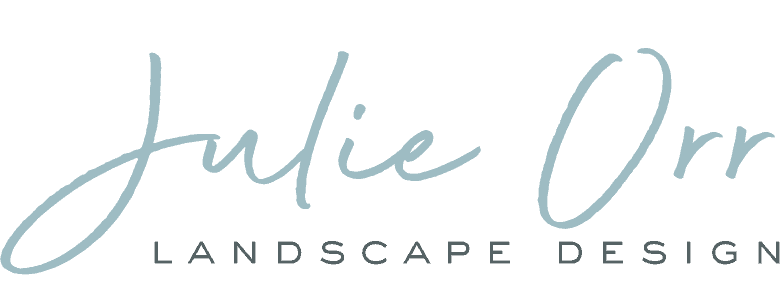
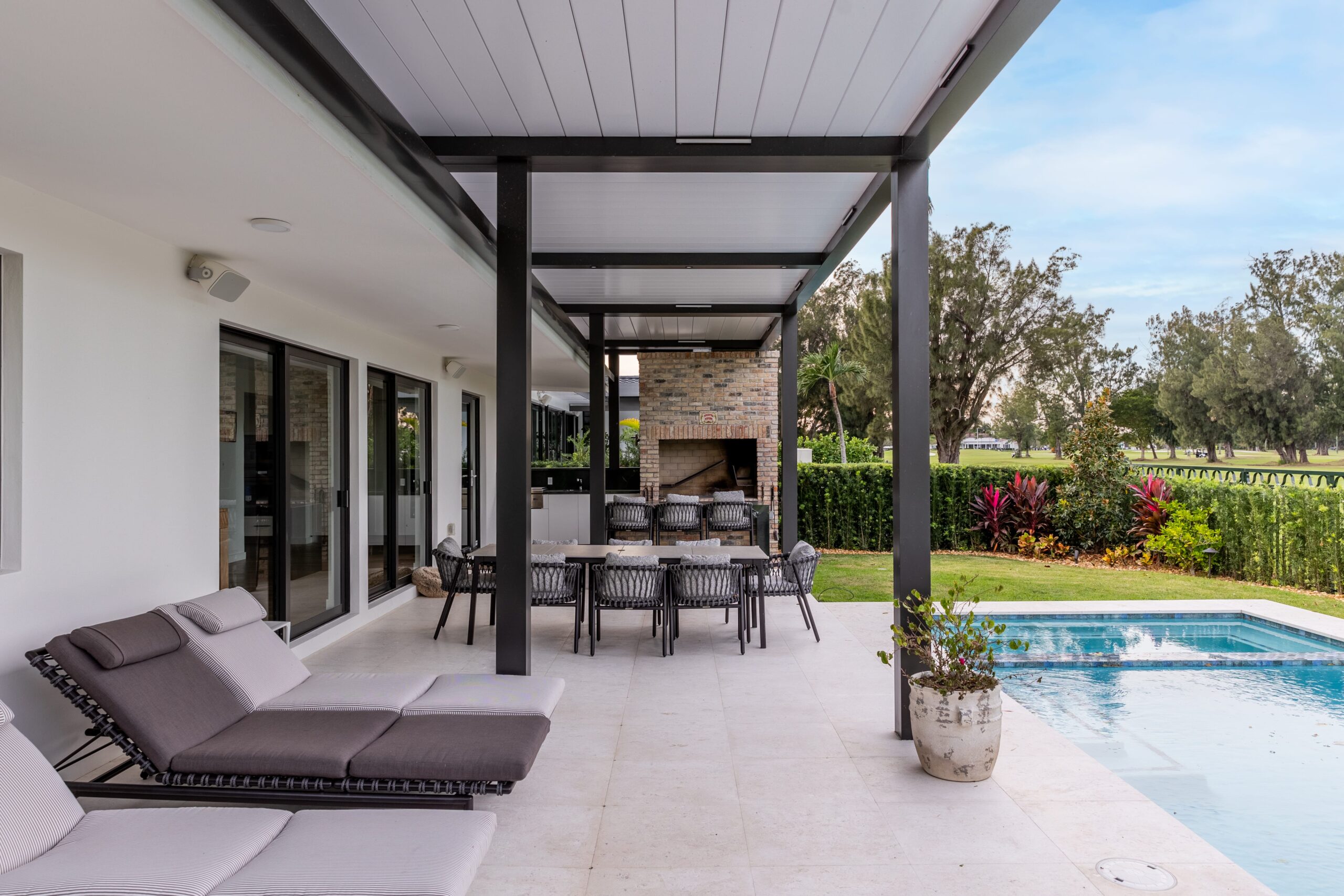
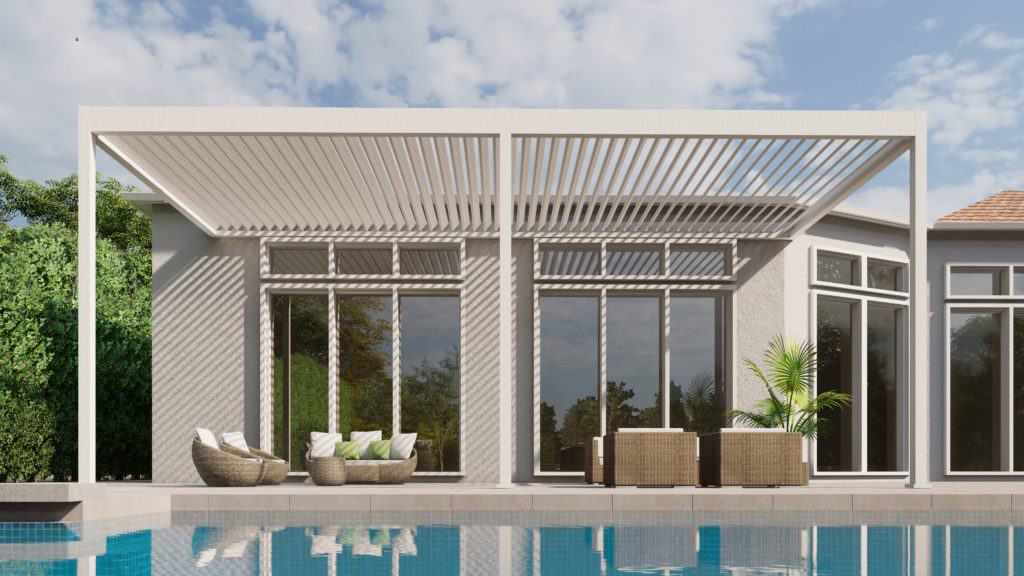
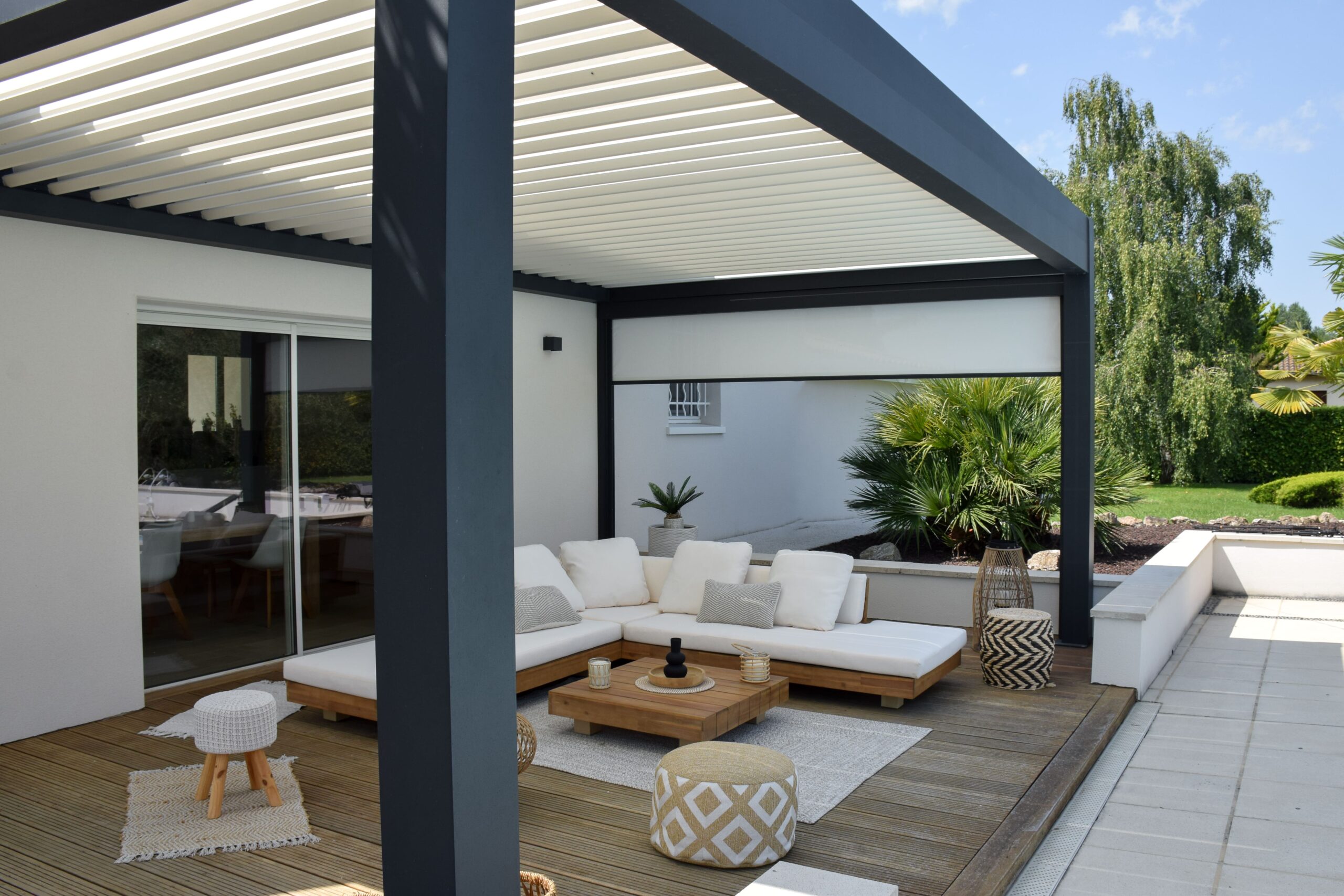
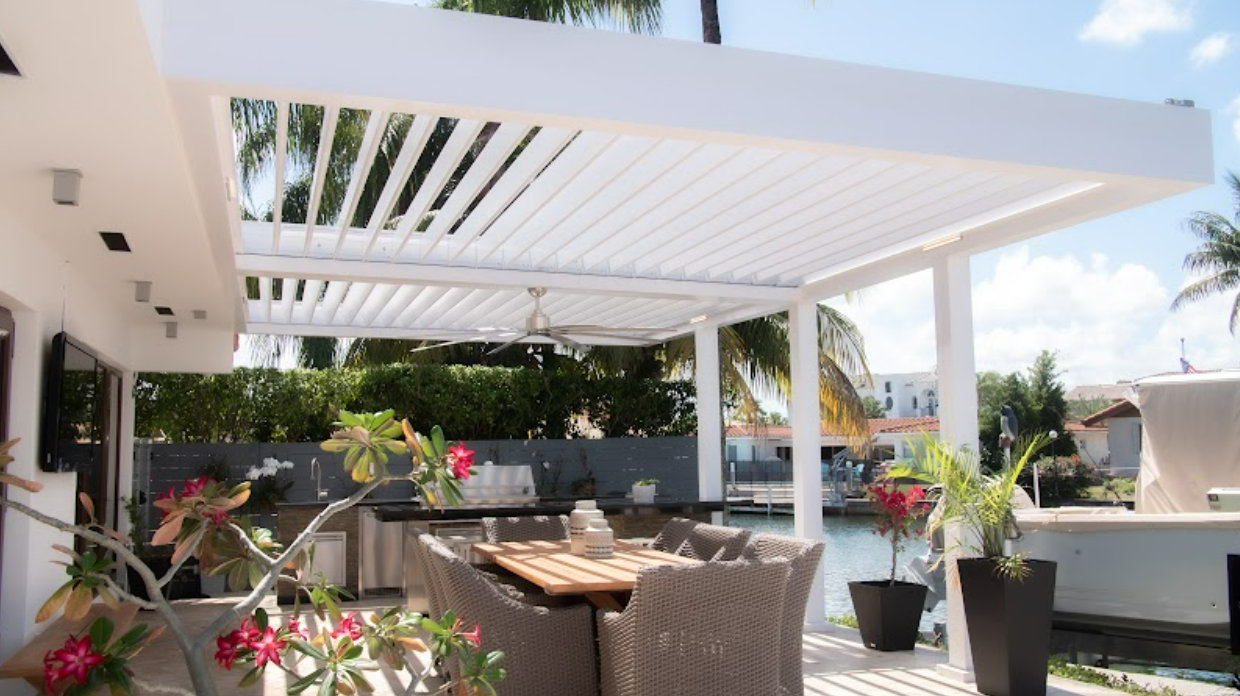

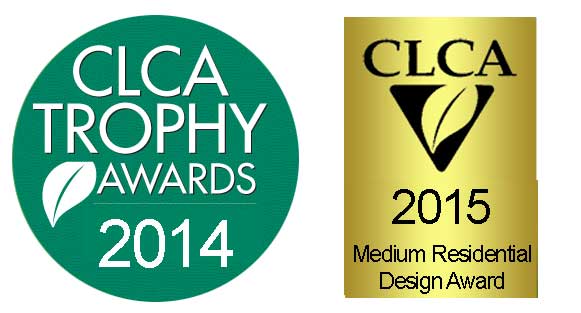

Leave A Comment